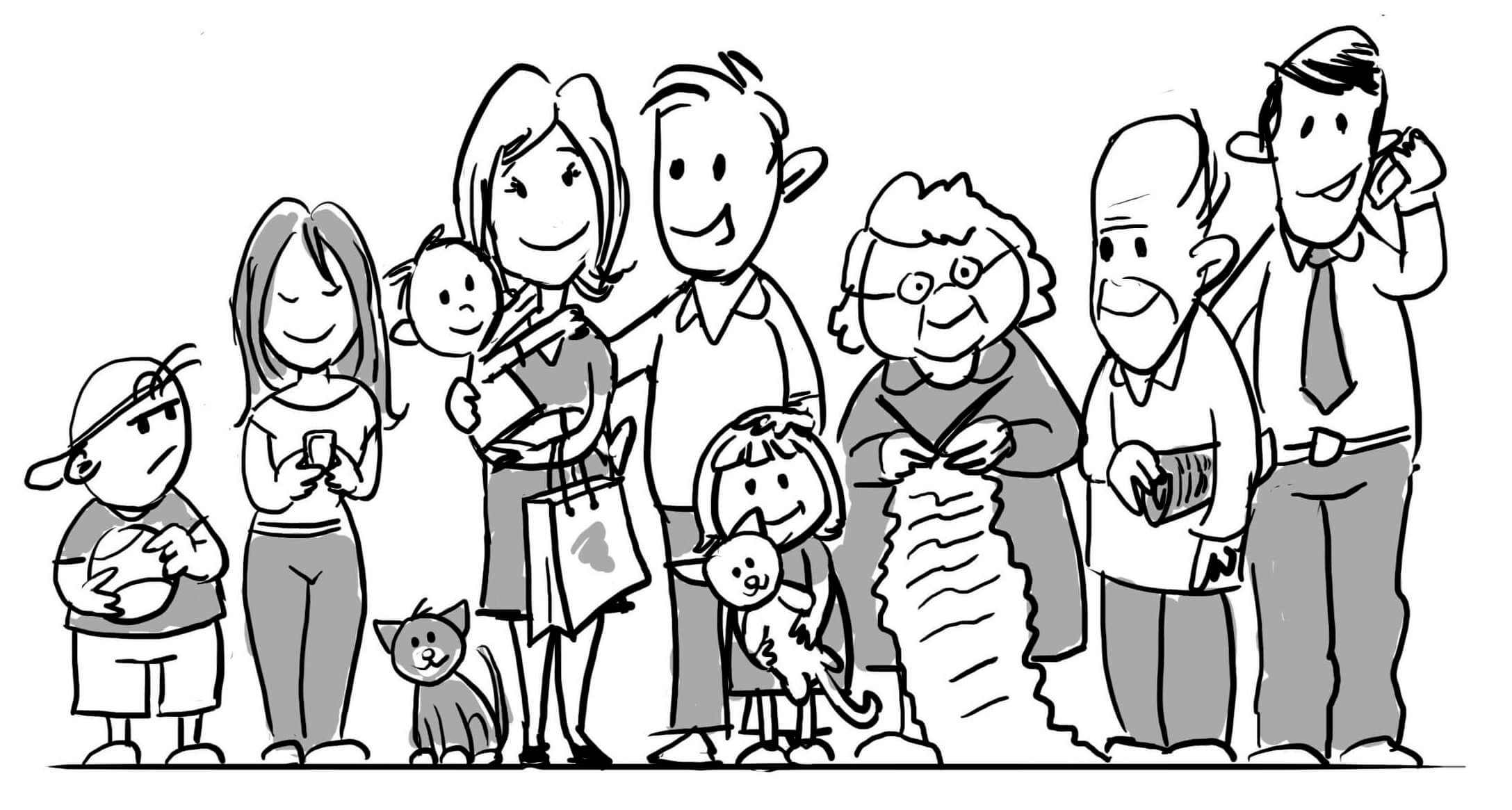I was recently asked to speak about how to build relationships with clients, in this case for a realtor association. In preparing for the interview, I got to thinking about customer privacy and how important it is to build a mutually beneficial relationship to respect customers.
Customers don’t want to be automatically segmented and followed as they go about the web, viewing different sites. An article on Business2Community by Owen Ray says that:
“The tracking cookie is crumbling. Smart cookie-blocking technology led by Apple’s Intelligent Tracking Prevention (ITP) and Firefox’s Enhanced Tracking Protection (ETP) now block third-party cookies by default, and even Google’s Chrome will soon get controls that let consumers block cookies.”
If you want to understand more about the topic of cookies, I highly recommend this two-part article.
Companies that are truly customer centric know that it is important to build a mutually beneficial relationship where there is something for both parties in exchanging information and services. Many businesses ask far too much of their customers, with little if anything in return. I believe this is one of the major reasons customers today are becoming sensitive to what and to whom they give information about their interests, habits, needs and wishes. And why cookies are rapidly becoming a thing of the past.
I, therefore, thought it was useful to review the major points to keep in mind when a business wants to collect information about its customers in order to offer products and services that better meet their wants and desires.
1. Ask Permission to Gather Information
This should be a no-brainer and yet I still find myself on lists to which I didn’t intentionally, if at all, subscribe! You too?
Whether you are connecting with your customers by mail, phone, email or the web, you must first request permission to ask any questions and gather the information you are looking for.
Not only should you ask for their consent if you are not in direct personal contact, but you should also double-check that permission when connecting via email or the web. You have to ensure that the agreement has been given by your customers and that they are still ready to provide the information.
Being attentive to privacy when starting to build a relationship is vital and shows that you respect your customers.
This also means asking them to confirm their consent not once, but twice. Double opt-in, as it is known, ensures that your customer is correctly identified and that they have indeed agreed to provide or receive information or to be put on your mailing list.
Far too often, I see requests where permission is encouraged by using colourful buttons to click, or an implied criticism if you don’t, with phrases such as “No, I have enough sales” or “No, I don’t want to save money”.
2. There Must be Mutual Benefit
When your customer has agreed to provide information, you need to thank them immediately. This can be as simple as … Click to continue reading




 Every time someone came to my room, they introduced themselves and explained why they were there. Over the course of the days I spent at the hospital and then the clinic, I saw many different doctors, nurses. cleaners, waiters etc. I appreciated that they themselves always started by introducing themselves and stating what their responsibility was in caring for me.
Every time someone came to my room, they introduced themselves and explained why they were there. Over the course of the days I spent at the hospital and then the clinic, I saw many different doctors, nurses. cleaners, waiters etc. I appreciated that they themselves always started by introducing themselves and stating what their responsibility was in caring for me. Peru is an understated yet remarkable country that deserves a more amazing reputation than I believe it has today. While its image is dominated by Machu Picchu, this wonderful l and has so much more to offer visitors. From the sprawling cities of Lima and Arequipa to the rugged desolation of the high altitude desert plains and the humid cloud forests, I quickly fell in love with the country and its people.
Peru is an understated yet remarkable country that deserves a more amazing reputation than I believe it has today. While its image is dominated by Machu Picchu, this wonderful l and has so much more to offer visitors. From the sprawling cities of Lima and Arequipa to the rugged desolation of the high altitude desert plains and the humid cloud forests, I quickly fell in love with the country and its people. According to research conducted last year by
According to research conducted last year by 